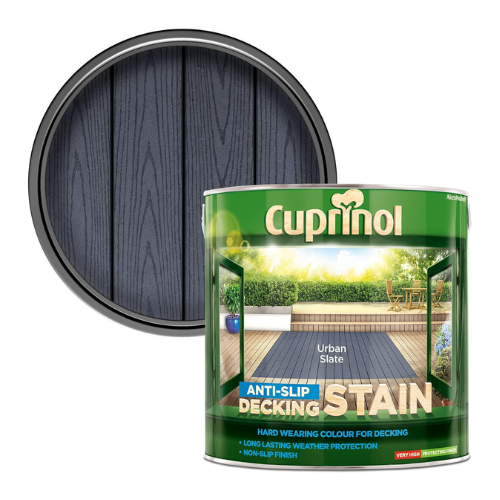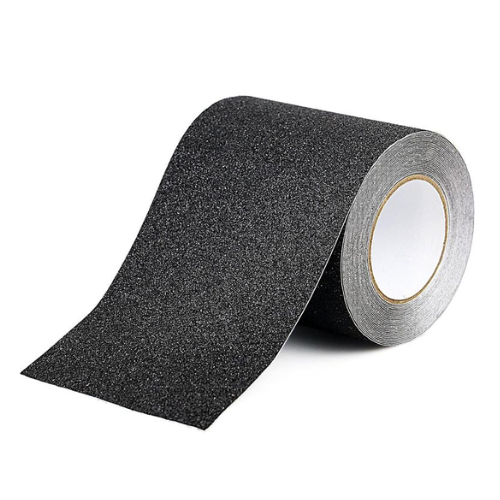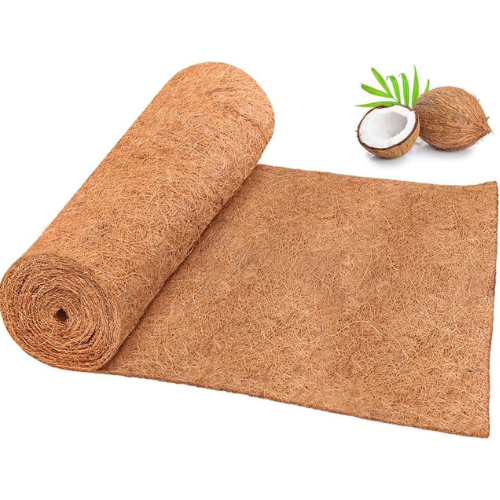5 Reasons Your Decking Is Slippery During the Winter, and How to Resolve It
These are the most common reasons why your deck feels like a health and safety hazard, and what you can do about it
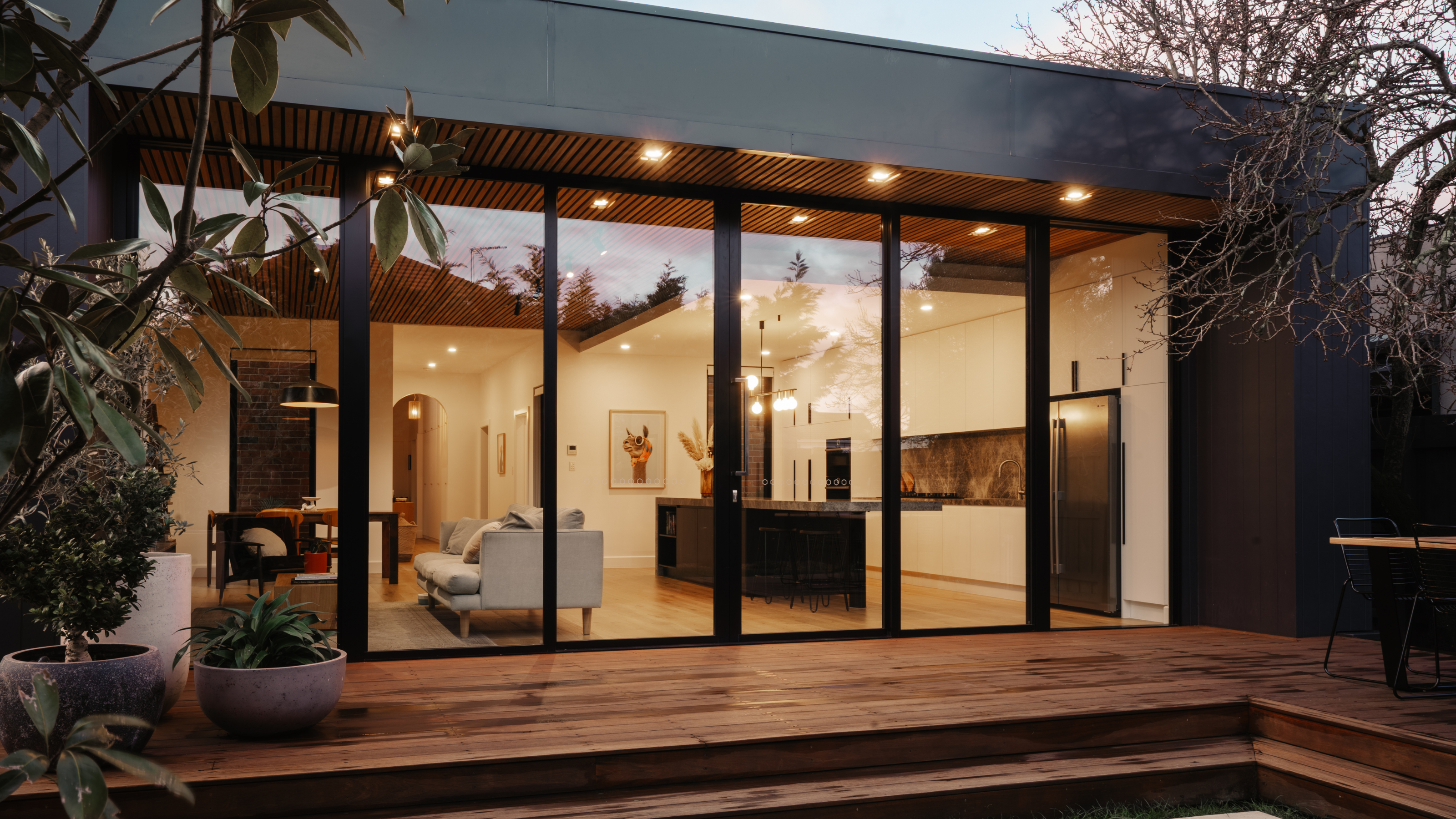

Slippery decking isn't just an inconvenience; it's a health hazard. While your wooden deck may look gorgeous during the summer months, soaked in sunlight and consistently dry to the touch, come winter, it's a whole different story. It's frustrating, ugly, and, at worst, downright scary. Winters are already hard enough; you don't want to have a back injury to deal with as well.
So, keeping your deck as dry and as safe as possible should be your top priority as soon as the weather begins to change. But first, you have to identify what's causing the issue. While you might think it's just a case of rain-sodden floor, slippery decking can go far beyond that, and numerous factors may be at play here.
I asked the experts to lay out the facts straight for us, so we can get ahead with diagnosing and fixing the problem before the time slips away.
1. Algae Build-Up
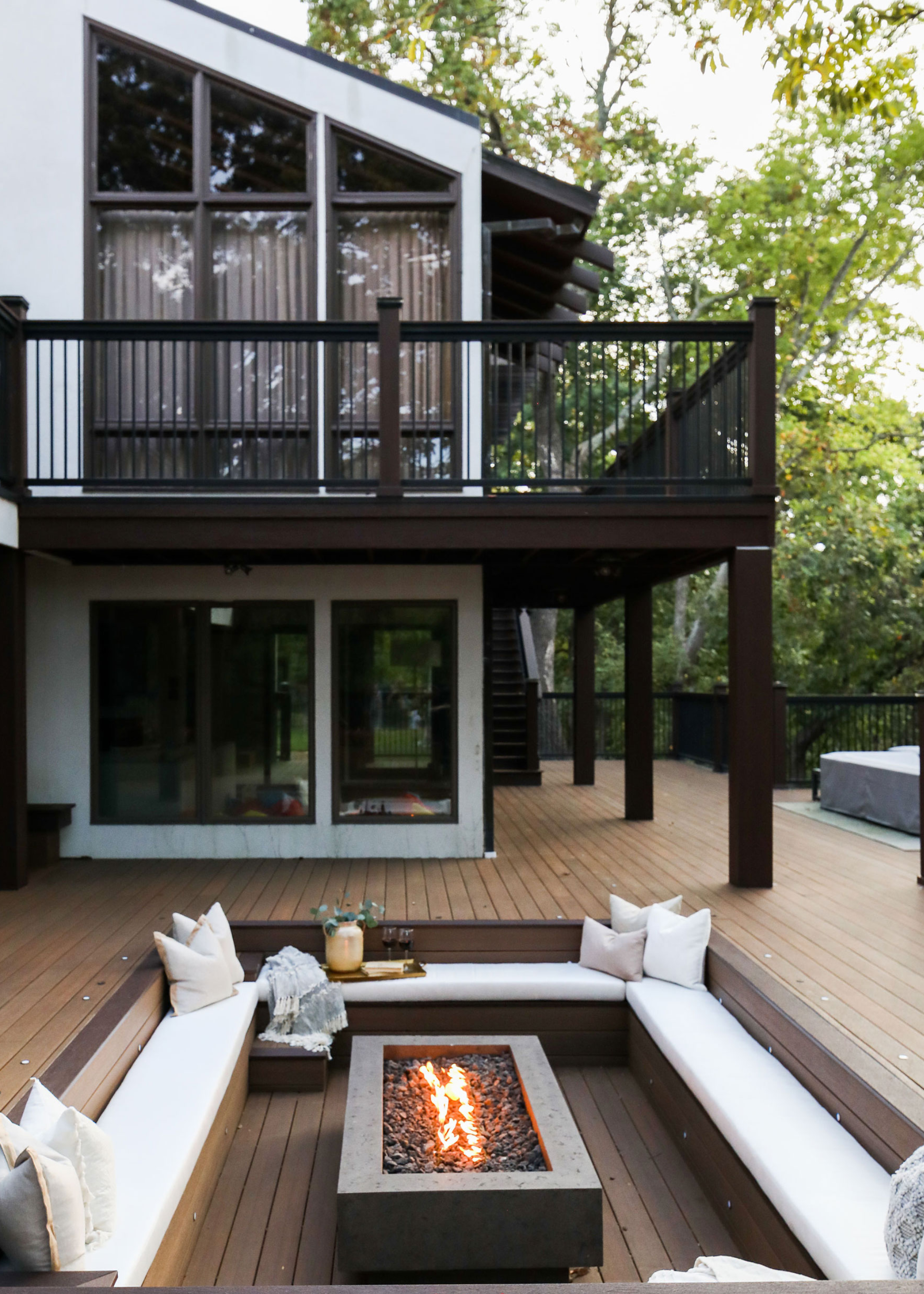
To prevent the buildup of dirt, debris, and algae, make sure to clean your decking regularly.
"Colder temperatures and increased moisture in winter can create a more favourable environment for mold and algae to grow," explains Yi Gao, from the PBSL Group.
Now, while algae and mold, of course, exist year-round, it will only be in winter that you'll begin to face real issues with them regarding your decking.
This is because, as decking expert Dave Kile from Trex RainEscape explains, "They sit dormant when temperatures drop, then feed on every bit of organic matter (like fallen leaves) that collects on damp wood. That’s what makes certain areas of a deck, usually the shady corners, feel like they’ve been buttered."
You've likely encountered this issue before, if not in your home then out in nature, that slick, green film that develops on wooden surfaces. And while other decking materials are also liable to become slippery when wet, wooden decking is particularly high risk.
The Livingetc newsletters are your inside source for what’s shaping interiors now - and what’s next. Discover trend forecasts, smart style ideas, and curated shopping inspiration that brings design to life. Subscribe today and stay ahead of the curve.
"Wood decking is particularly slippery because it’s prone to algae growth and winter creates prime conditions for green, slippery film," says Jake Johnson at Stone Ridge Decking.
2. Surface Wear
While some problems, like a build-up of debris, can be solved with regular cleaning, other decking mistakes don't have as simple a fix. If there's no obvious dirt on the surface of your deck, the issue could be one of general wear.
"Over time, decking materials can become polished, eroded, or clogged with dirt, which lowers friction," explains Keith Camacho from Stellar Decks. This decreased friction will therefore result in a more slippery deck.
Think of it like a car on a road; both the car's tires and the road surface are designed to have an uneven, ridged texture; however, when the car veers off the road onto a smoother surface, it can lose control. This is exactly what happens on your decking. While your decking may have begun with an uneven surface, after years of daily wear, the former texture can be worn down, leaving you with a flat, smooth deck.
3. Weak Drainage
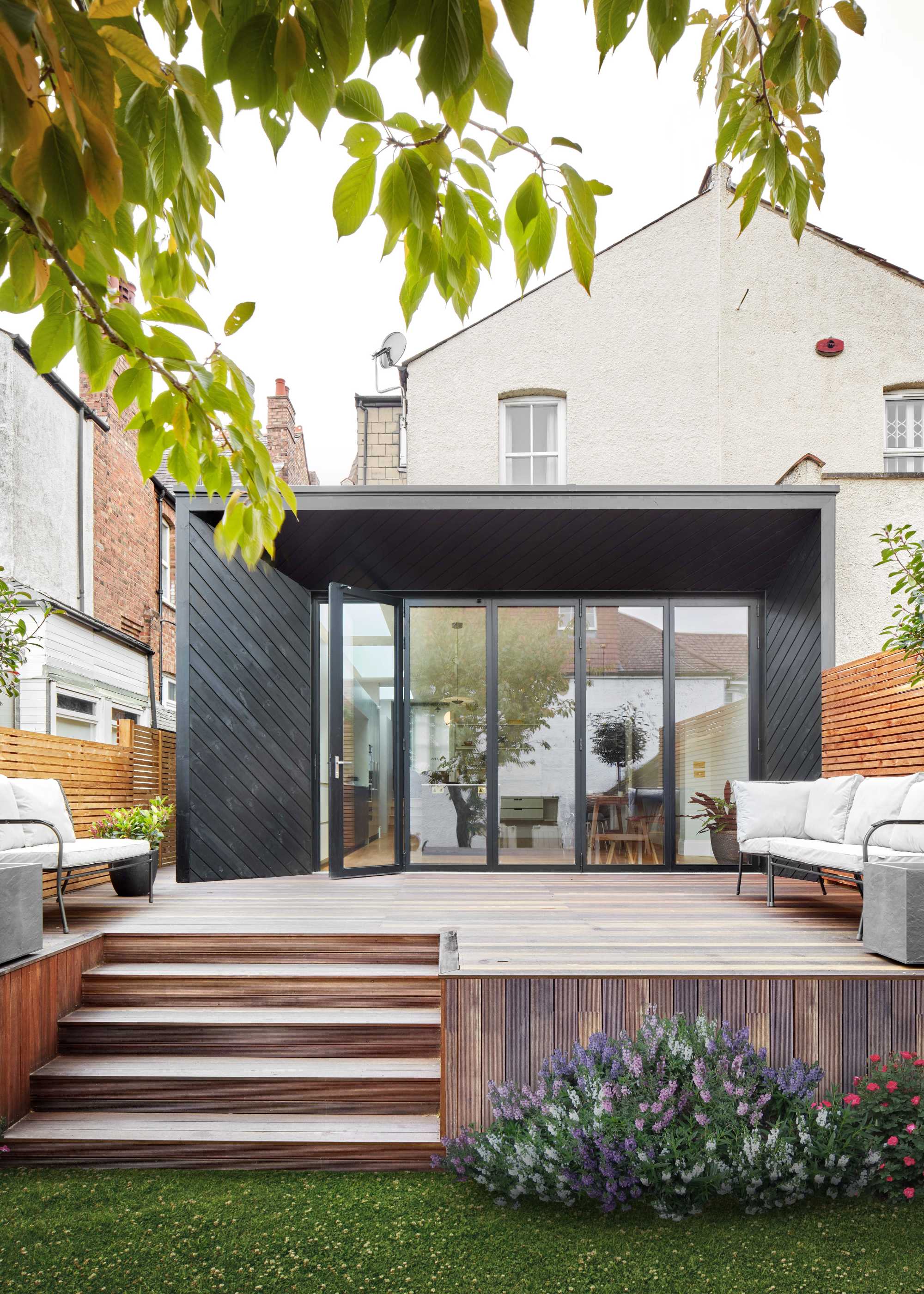
Ensure there is a sufficient slope to your decking to keep it safe.
Sometimes, the issue with a slippery deck is simply that your decking has not been built with a drainage system that is strong enough to handle these conditions.
"I see this all the time, where people don't know how to install decking correctly, and don't allow the rainwater to drain properly, or people thinking that because they have a raised deck, the water will fall below, so they don't provide the correct slope below to allow for a proper drainage system," says Zaeem Chaudhary, from AC Design Solutions.
Ignoring the need for sloping on your decks is signing yourself up for slippery winters; it's a high-risk, low-reward decision and will ruin the efficacy of your garden design.
Without proper drainage, your deck will eventually begin to trap the moisture within the boards, and, as Dave explains, "Once that trapped water freezes overnight and thaws the next day, you get an invisible slick film that’s more dangerous than ice itself."
4. Slippery Sealants
If your patio flooring isn't dirty or worn down, yet still seems slippery, it might be the case of a problematic sealant instead.
As Keith explains, "Certain wood treatments, paints, or composite materials lack texture, so they provide less grip when wet or icy."
Despite this being the exact problem the sealant promises to solve, it can often have the adverse effect when used incorrectly. "If the coating forms a solid film instead of soaking in, water can’t penetrate, but it also can’t escape," says Dave, "You end up with a thin, slick barrier that never fully dries in cold air."
5. Frosty Conditions
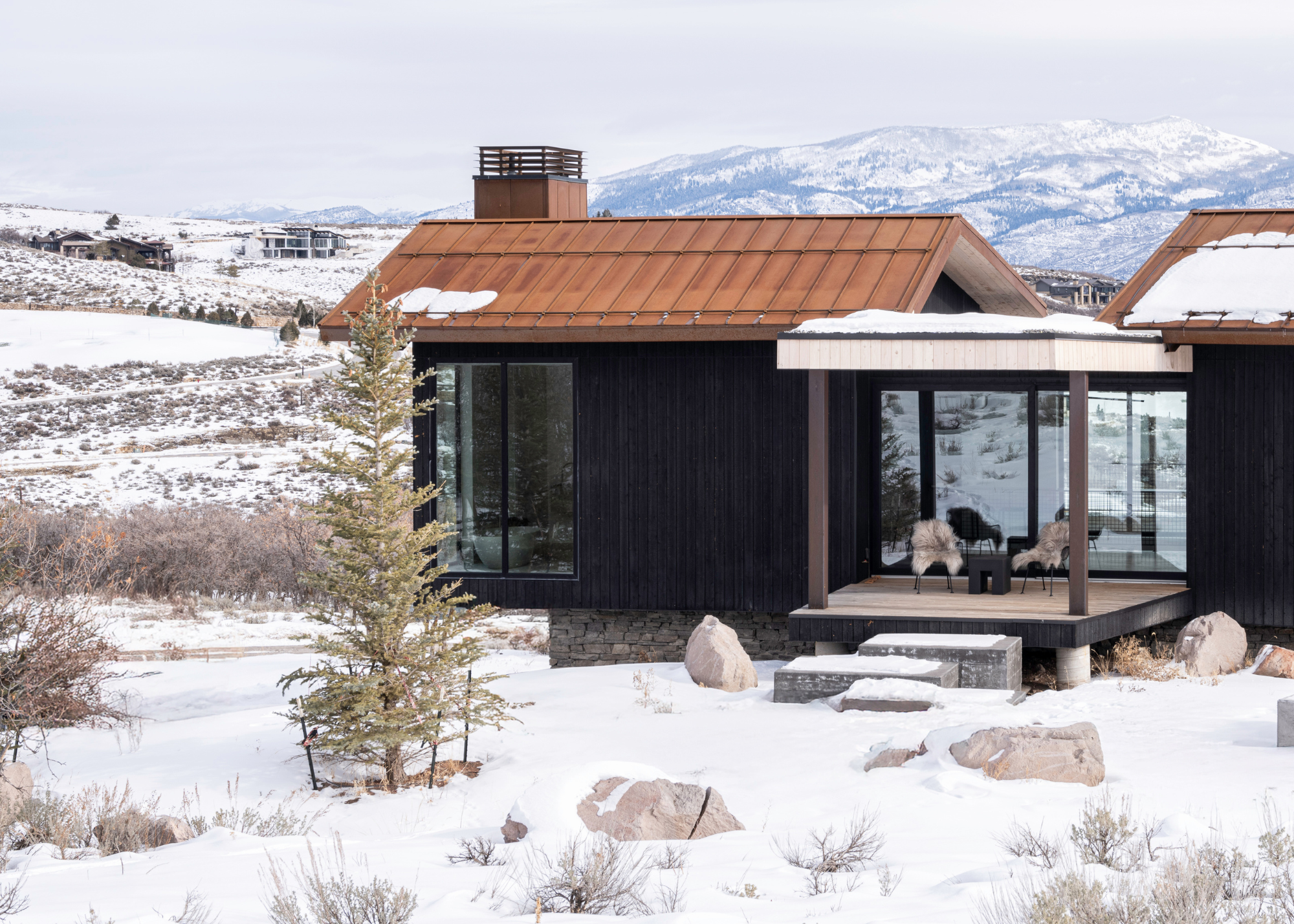
Make sure your decks are properly sealed so ice doesn't get trapped between the planks.
Finally, and perhaps most obviously, your slippery decking may simply be down to icy conditions outside.
"Moisture settles into the deck surface and forms a slick layer, particularly when temperatures fall below freezing," explains Keith.
In cold conditions, when moisture gathers within your decks, it can then often freeze overnight, leaving you with icy, slippery decking. This is one of the first issues you'll want to solve when winterizing your backyard.
FAQs
How to Solve Slippery Decking?
Anti-slip mats, paints, and sealants can all be helpful tools to alleviate the problems of a slippery deck. However, regular cleaning and proper maintenance are the only ways to stop your decks from becoming slippery in the first place.
"You can use a stiff brush to scrub the decking, or a jetwash with a brush on it to clean," says Zaheem. Though he warns, "Jetwash must be done correctly because it can damage fibres if used excessively."
Your decking is far from the only part of your garden that will be affected by the seasonal change in weather. Take these landscaping features to avoid in winter as a guide to a garden that is at its best all year round.

Maya Glantz is a Design Writer at Livingetc, covering all things bathrooms and kitchens. Her background in Art History informed her love of the aesthetic world, and she believes in the importance of finding beauty in the everyday. She recently graduated from City University with a Masters Degree in Magazine Journalism, during which she gained experience writing for various publications, including the Evening Standard. A lover of mid-century style, she can be found endlessly adding to her dream home Pinterest board.
